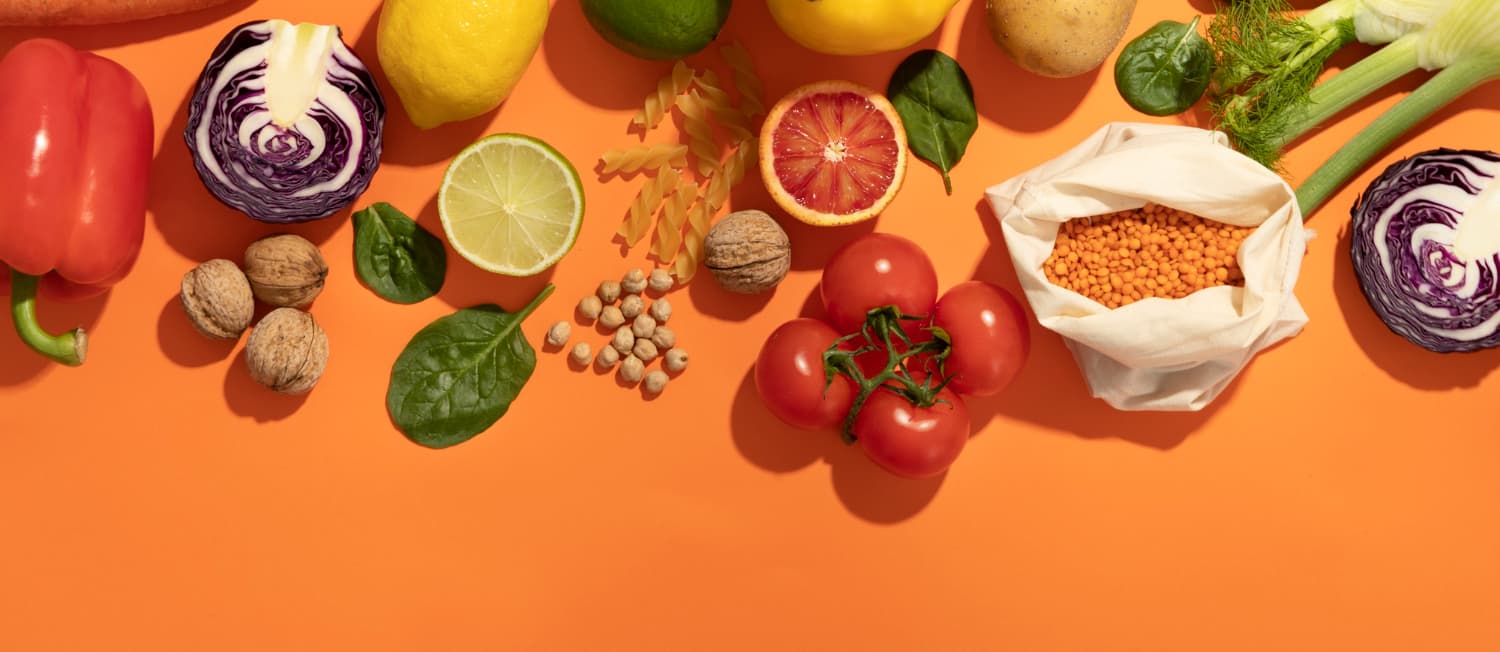Europeans are more than happy with their array of organic foods, and for the most part, so are Americans. Despite the similarities, there are also quite a few key differences between US and European (well, EU) organic foods. If you’ve not got your feet firmly planted in either camp, which is best suited to your needs, and how do they differ? Let’s explain the difference between US and European organic foods to help you get an overall scope of how each works.
Similar But Not Identical Regulatory Rules
If you’re based in the US, then organic food is certified by the USDA under guidance from the National Organic Program. Over in the European Union, EU law No. 2018/848 governs how organic food should be produced. Each EU member state has its own national certification bodies, too, but they must still adhere to the EU’s lofty standards when it comes to food safety.
Both bodies require producers to farm food that contains no synthetic pesticides or fertilisers, and both prohibit GMOs or genetically modified organisms. Neither is permitted to use antibiotics or growth hormones in animals, although there is some leeway in some quarters. In the US, all organic food must be grown in soil and earth that has been free of prohibited substances for at least three years. In the EU, crop rotation is the key, with both biodiversity and soil health and conservation important.
Where the two bodies differ is when it comes to chemicals. The USDA allows some synthetic chemicals and non-organic substances to be used under certain conditions – the EU is far stricter, with virtually no exemptions.
The EU Is Generally Stricter Overall
To some Americans, the EU is a benevolent monster which over-regulates food. In the EU, some view the USDA as a carefree organisation which plays fast and loose with the rules, prioritising profit over public health. Neither is true. The EU is generally stricter than the USDA, but that’s sometimes a good thing.
For instance, the European Union doesn’t permit chlorpyrifos pesticides in organic food, but this is allowed in the US. In fact, the USDA generally permits more synthetic chemicals in its food than EU laws allow.
Animal welfare standards are also far stricter. In the European Union, organic farms must provide spacious living conditions for animals, free from restraints. These humane conditions also require access to pasture and lots of outdoor space. Under USDA regulations, US livestock is permitted to be confined to a smaller indoor space. They must still provide outdoor space to animals, but that space is permitted to be smaller, too.
Labelling rules are also different. The USDA’s organic seal might be 100% Organic, Organic (95% or higher), or simply Made with Organic Ingredients (70% or above). EU Organic 100% green leaf symbols must be 100%, while EU Organic can be lower.
The Chicken and Egg Debate
Let’s move on to some culture classes next. Americans are often shocked that European eggs aren’t refrigerated. There’s a very good reason why US eggs are refrigerated, and EU ones aren’t. Because US eggs are washed with chemicals to sterilise the outside, they lose their natural protective layer. Germs can permeate inside washed eggs, meaning they must be refrigerated. Because EU eggs aren’t washed, they retain that natural layer, meaning they don’t need to be refrigerated.
Similar confusion comes from chickens. In the United States, it is common to keep chickens closely pent up and then use chlorine to chemically wash processed chicken to kill bacteria. In Europe, because chickens are “free range” and not tightly enclosed, they are less likely to carry bacteria and diseases, and thus, it isn’t necessary to chlorine wash them.
The key thing to remember here is that neither is right or wrong. There are simply two different ways to bring organic food to market. One prioritises chemical cleansing, and the other focuses on animal welfare. Both are safe to consume.
Luxury Good Versus Everyday Produce
Finally, there is one more difference between organic foodstuffs in Europe and the United States – public opinion on organic food. Stateside, organic food is often considered a luxury, premium product, and the plaything of the health conscious. You’ll often have to go “out of your way” to purchase organic food at so-called farmers’ markets, and it will be expensive.
Over in Europe, far more of the general population consumes organic food on a regular basis. As a result, organic food is considerably cheaper and more widely available at conventional supermarkets. In Europe, organic food isn’t considered luxurious or a premium product; it’s considered the norm for those who want to eat healthy food.
Clearly, there are differences between US and European organic food. However, we’ll stress that purchasing any organic food, irrespective of where it is produced, is always a smarter, healthier option than processed, mass-produced food.
